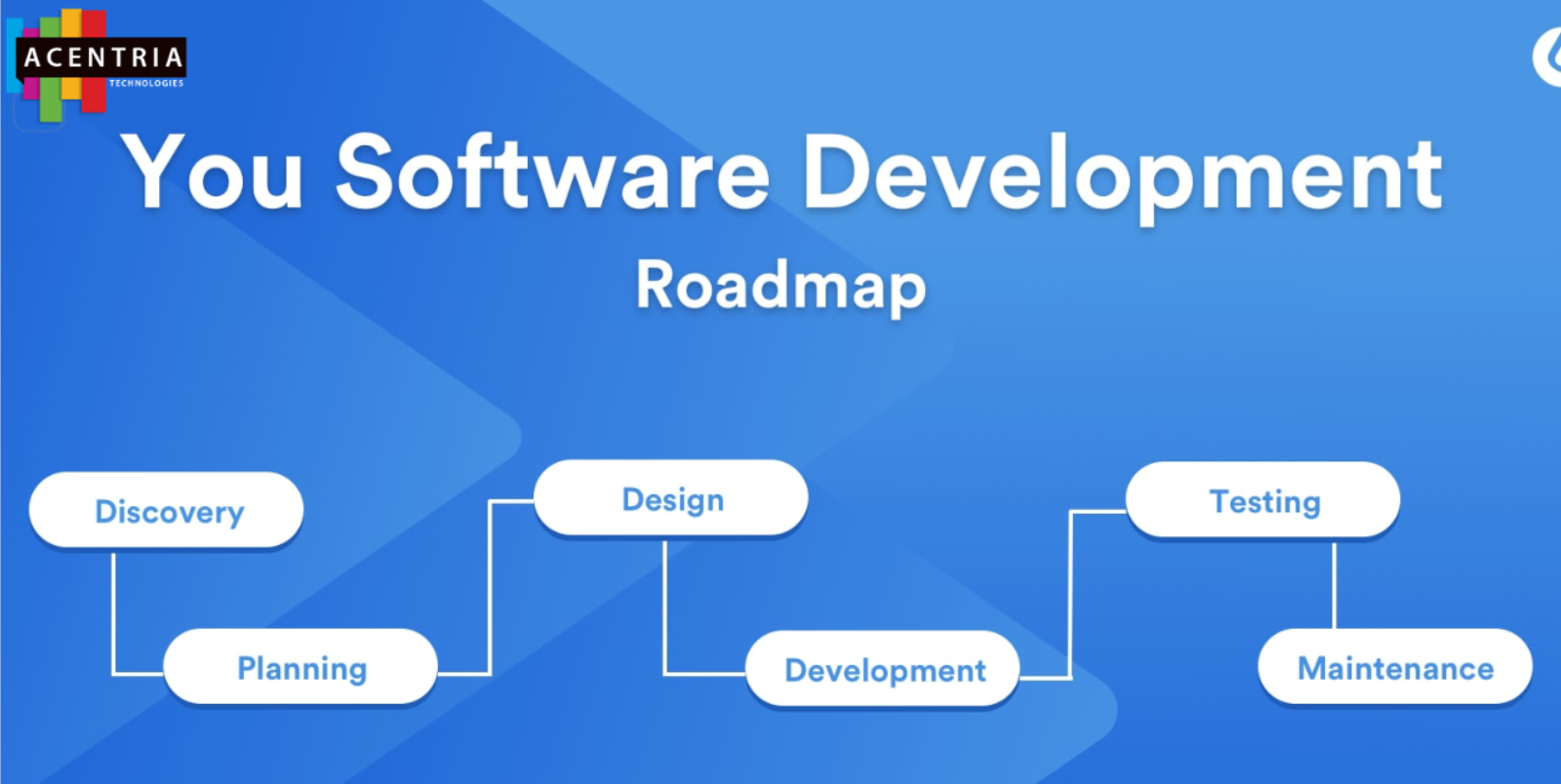In recent years, the use of machine learning (ML) into software development has revolutionized the way applications are built, tested, and maintained. As businesses increasingly seek innovative solutions to increase productivity and improve user experience. The role of machine learning in software development has become more important. This blog explores how machine learning is reshaping software development and the benefits in your development processes.
Understanding Machine Learning in Software Development
Machine learning is a subset of artificial intelligence that focuses on enabling computers to learn from data and improve their performance over time without explicit programming. In software development, machine learning can be leveraged in various stages, from code generation and testing to deployment and maintenance.
The growing market of machine learning and software development highlights the need for developers to understand ML concepts and tools. This knowledge not only enhances the capabilities of development teams but also fosters innovation by enabling them to create smarter applications.
Benefits of Machine Learning in Software Development
1. Improved Code Quality
One of the primary advantages of incorporating machine learning in software development is the potential for improved code quality. By using ML algorithms to analyze code patterns, development teams can identify bugs before they become big issues. For instance, tools powered by machine learning can review pull requests and provide insights on code efficiency and security, leading to higher-quality software.
2. Enhanced Testing Processes
Testing is a crucial phase in the software development lifecycle. Machine learning can streamline testing processes by automating test case generation and execution. ML algorithms can learn from past testing data to predict which areas of the code are more likely to contain defects, allowing teams to focus their testing efforts where they are needed most. This approach not only saves time but also enhances overall software reliability.
3. Intelligent Predictive Analytics
Incorporating analytics into software development can lead to more informed decision-making. By analyzing historical data, machine learning models can forecast potential outcomes and trends, enabling teams to anticipate issues before they arise. For example, predictive models can help estimate the time required for project completion based on previous performance, solution in project management and resource allocation.
4. Personalized User Experiences
Machine learning enables developers to create applications that adapt to user behavior and preferences. By analyzing user interactions, ML algorithms can provide personalized recommendations, increasing user satisfaction and engagement. This is particularly relevant in sectors like e-commerce and entertainment, where tailored experiences can significantly impact customer retention.
5. Automated Deployment and Monitoring
In the DevOps realm, machine learning can be used to automate deployment processes and monitor application performance. ML algorithms can analyze system metrics in real time, identifying bugs and potential issues that may require immediate attention. This proactive approach ensures that applications run smoothly, reducing downtime and improving user experience.
Implementing Machine Learning in Software Development
1. Identify Use Cases
The first step in integrating machine learning in software development is identifying specific use cases where ML can add value. Common applications include code review automation, test optimization, predictive maintenance, and user behavior analysis. By focusing on areas that align with business objectives, development teams can maximize the benefits of machine learning.
2. Choose the Right Tools and Frameworks
Selecting the appropriate tools and frameworks is crucial for successful implementation. Numerous libraries and platforms, such as TensorFlow, PyTorch, and Scikit-learn, provide powerful capabilities for developing machine learning models. Additionally, consider tools that facilitate integration with existing software development environments, ensuring a seamless workflow.
3. Collaborate Across Teams
To effectively leverage machine learning in software development, data scientists, software engineers, and domain experts have to cooperate with each other. Each team brings unique expertise that can contribute to the successful implementation of ML projects. Regular communication and shared goals will help break down silos and foster a culture of innovation.
4. Train and Validate Models
Once the use cases are identified and the tools are selected, the next step is to train and validate machine learning models. This involves collecting relevant data, selecting appropriate algorithms, and iterating on the model to improve accuracy.
5. Monitor and Optimize
After deployment, continuous monitoring and optimization of machine learning models are crucial. Performance can degrade over time due to changes in data patterns. It is important to regularly retrain models and refine algorithms based on new information. Implementing an effective feedback loop will enable your team to adapt to evolving requirements and maintain optimal performance.
Challenges and Considerations
While the integration of software development machine learning offers numerous benefits, it also presents challenges that teams must address. These include:
1. Data Quality and Availability
Machine learning models depends heavily on data quality and availability. Inadequate or biased data can lead to inaccurate predictions and outcomes. Ensuring data integrity and implementing processes for data collection and management are essential for successful ML initiatives.
2. Skill Gaps
The successful implementation of machine learning in software engineering requires a blend of skills from both software development and data science. Teams may need to invest in training or hire new talent to bridge these gaps, ensuring they have the necessary expertise to leverage ML effectively.
3. Integration with Existing Systems
Integrating machine learning solutions with existing software systems can be complex. Development teams must consider compatibility to ensure that new ML capabilities current workflows.
Conclusion
The role of machine learning in software development is continuously evolving, presenting exciting opportunities for teams. By leveraging ML for code quality improvement, testing automation,development teams can achieve greater efficiency.
As organizations accept machine learning in software development, it’s essential to approach implementation thoughtfully and ongoing optimization. With the right strategies in place, the integration of machine learning can transform the software development landscape, leading to smarter, more suitable applications that meet the needs of users and businesses alike.
Embracing machine learning in software development isn’t just a trend. machine learning in software development is a strategic move that positions organizations for success in an increasingly data-driven world. Start exploring how your team can harness the power of machine learning today!




